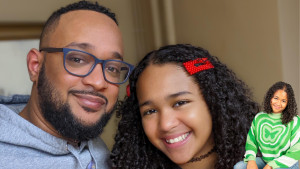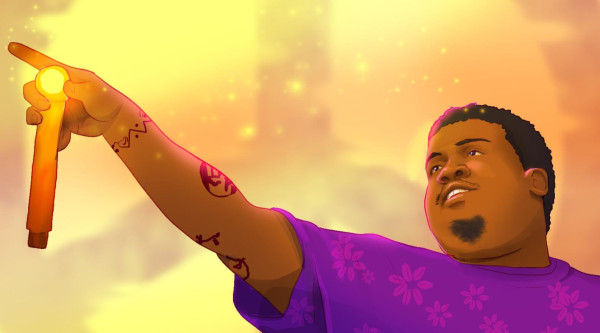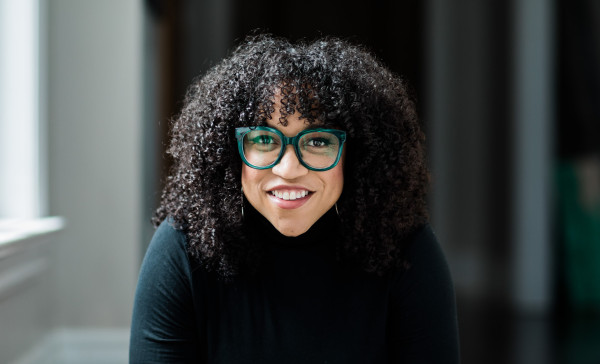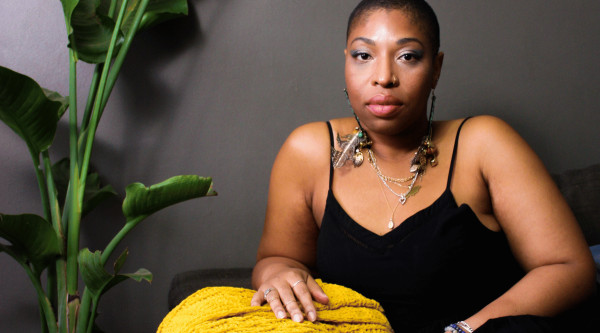With the increased accessibility of self-publishing channels, many writers have been able to complete their books while using this method. And yet, after June 2020, the increased demand from many agents and publishing houses seeking manuscripts by writers from underrepresented groups, especially Black writers suggest the doors to traditional publishing are opening wider. So which way is best to publish?
I asked six Black Canadian authors who have first-hand experience with both. Charlene Carr, Kern Carter, Kevin Heron Jones, Yolanda T. Marshall, Sadé Smith and Rahma Rodaah all self-published their first books and now are all traditionally published. Join us for this two-part series.
Why did you self-publish?
Charlene: I had tried a few small local publishers for my first book and although they were very lovely in their rejections, they were rejections. After that, I didn't know anything about getting an agent, and knowing so little about the market, naively thought those 3-4 rejections meant it was unlikely anyone else would want my book (Beneath the Silence). This was around 2013, when self-publishing was starting to become very lucrative for some authors, and a friend made me promise to give it a try. I was too attached to my first book (a ten-year labour of love) so I wrote a new book with the specific purpose of self-publishing and it was a lot of fun and very rewarding. Within weeks I was hearing back from readers, some talking about how the book had positively affected their lives, and I decided to just keep going!
Kern: I wanted to get my story out there and learn as much as possible about what it meant to be an author. I'm someone who wasn't afraid to build and learn in public. So while I was still learning to write and become an author, I still wanted to build an audience, build a readership, and understand marketing and the industry, in general.
{https://www.instagram.com/reel/CpTr1FuDNJg/?utm_source=ig_web_copy_link}
Kevin: Initially, I was performing poetry around the city. I had recorded music and poetry and was selling CDs at shows. So that was the early 2000s, every poet had a CD to sell and only a few poets had published books. A book was a way to separate yourself from the hundreds of poets selling bootleg-looking CDs with their names handwritten on the disc.
If you had a book, you appeared to be more professional as well.
For me, it was also a way to see if the audience was feeling my material enough to purchase it.
Yolanda: I had accumulated hundreds of poems over the years and felt a book would be an ideal way to share them. After researching the publishing industry in Canada, I opted for the self-publishing route in 2008. I wanted to release my book immediately; I figured that traditional publishing would have been a long wait with countless rejections.
{https://www.instagram.com/reel/CpD7HFHJYDd/?utm_source=ig_web_copy_link}
Rahma: I chose self-publishing because I was eager to see my books published and did not want to wait years before being discovered, so I decided to do it myself without knowing much about the process, but I learned along the way.
Sadé: I self-published my first two books because I found it very difficult to be traditionally published in 2016 when I wrote my first book, Super Mom. I queried many agents and was rejected time and time again, until I decided to self-publish my own books instead.
What challenges did you face when you self-published?
Charlene: The hardest part was balancing writing with the huge task of operating a small business. As a self-publisher, you're responsible for everything yourself - the editing, formatting, cover design, marketing, advertising, etc. So that means you either have to hire people to do those things or learn to do them yourself, which, of course, takes up A LOT of time and doesn't leave a lot of time or energy for writing (in my case, at least). And I found if I started to slip on the advertising or marketing at all my sales would drop considerably. For me, especially not writing in one of the hot areas such as romance or thriller, it wasn't sustainable, and not very lucrative.
{https://www.instagram.com/reel/Cn0W8_lOrae/?utm_source=ig_web_copy_link}
Kern: Reaching a wide audience was the toughest part. I had to figure out what kind of marketing tactics and strategies to implement that actually led to selling books.
Kevin: Investing the money was probably the biggest challenge at first. That along with the storage of the material. I had to decide how many books I could afford to put in the basement. The intent was to sell them all but deciding how many to print on my first run was tough. I didn’t want to do too many and have them just laying around, but the more you printed the less the price would be per book.
Yolanda: Very little, mainly because I familiarised myself with publishing, distribution included, and I had complete creative control. Due to my corporate professional marketing background and technical computer skills, I built my website and promoted my book on my own.
Rahma: There were so many challenges and setbacks, mainly due to my inexperience. Some of the main obstacles were the amount of investment required and having to do all the marketing and promotion while also figuring out how to print and distribute. My mistakes cost me a lot of money, but the knowledge and experience I gained were well worth it.
{https://www.instagram.com/reel/Cm2CxW6r28-/?utm_source=ig_web_copy_link}
Sadé: It costs a lot of money to self-publish a book and it was very expensive. I also had to learn how to illustrate my own books because I couldn't afford an illustrator and it was very difficult to promote and market my books because social media was not as great in 2016 as it is today. It was also next to impossible to get my books in bookstores or on major bookstore websites back in 2016.
Do you regret starting out as a self-published author? Or, from what you know now, would you have started out as a traditionally published author?
Charlene: I learned SO much from self-publishing - about the industry, what readers want, and what I want from a writing career. I don't see how I could have started out knowing all I know now.
Kern: As I grow in my career and gain more notoriety from my traditionally published novels, readers will naturally be curious about my other books. With my two self-published books, I earn a much higher royalty rate than I do with my traditionally published books. Books are assets, and my two self-published books are my most valuable assets because I own them outright.
Kevin: I learned resilience and became professional as a result of self-publishing. Even if my poetry or fiction would’ve been picked up by a publisher earlier in my career I still would have begun my publishing company and published books because I had so much material to share, and ideas for packaging it that I wanted to see to fruition. Like my book covers. I designed them myself and I’m very proud of that.
{https://www.instagram.com/reel/Ck68EkKsou8/?utm_source=ig_web_copy_link}
Yolanda: Our stories belong in the hands of children by any means necessary. I wouldn’t have been able to read my books to my baby or create a book teaching everyone about fifteen Caribbean nations after travelling to over thirteen countries with my son before he was three. What would my son’s Christmases be like without A Piece of Black Cake for Santa?
Sadé: It allowed me to see the hard work and determination that is put into creating a book. I got a behind-the-scenes look at the publishing world and I learned so many things while self-publishing. I now know what works and what doesn't work, and I am able to use that knowledge up until today. I'm glad I chose the self-publishing route initially because all of my hard work paid off in the end.
{https://www.instagram.com/reel/CoSLbS_M44A/?utm_source=ig_web_copy_link}
Rahma: My experience as an indie author has allowed me to define my brand and mission. I have a strong voice and know why I write and for whom I want to continue to write. It has allowed me to advocate for what matters to me even now when working with my editors. That confidence level is priceless, and I owe it to my self-publishing journey.
Join us for part two when we ask these authors about their experiences in traditional publishing.
The authors:
FSP: First Self-Published Book
MRTP: Most Recent Traditionally Published Book
Charlene Carr (Halifax-based, FSP: When Comes the Joy, 2014; MRTP: Hold My Girl, 2023)
Kern Carter (Toronto-based, FSP: Thoughts of a Fractured Soul, 2014; MRTP: Boys and Girls Screaming, 2022)
Kevin Heron Jones (Toronto-based, FSP: Vision, 2001; MRTP: Half Court Trap, 2022)
Yolanda T. Marshall (Toronto- based, FSP: Obayifo, 2008; MRTP: Christmas Elves Being Themselves, 2022)
Sadé Smith (Brampton-based, FSP: Super Mom, 2016; MRTP: Granny’s Kitchen, 2022)
Rahma Rodaah (Edmonton-based, FSP: Muhiima’s Quest, 2017; MRTP: Dear Black Child, 2022)
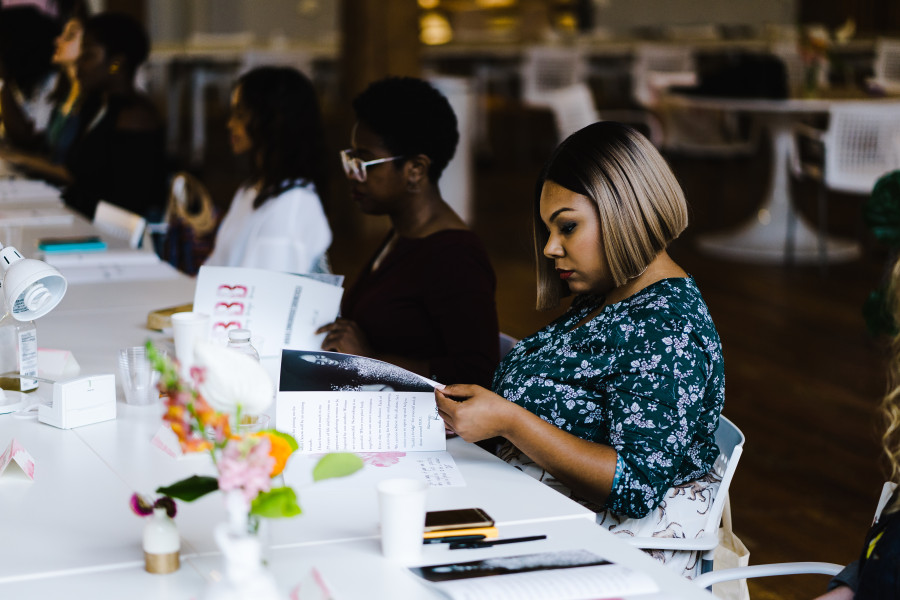
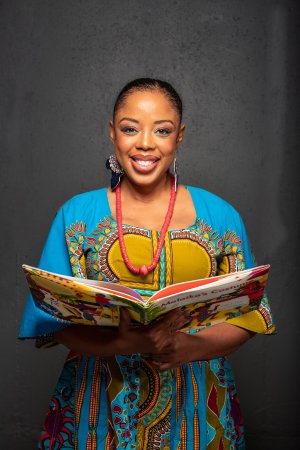 By
By 




